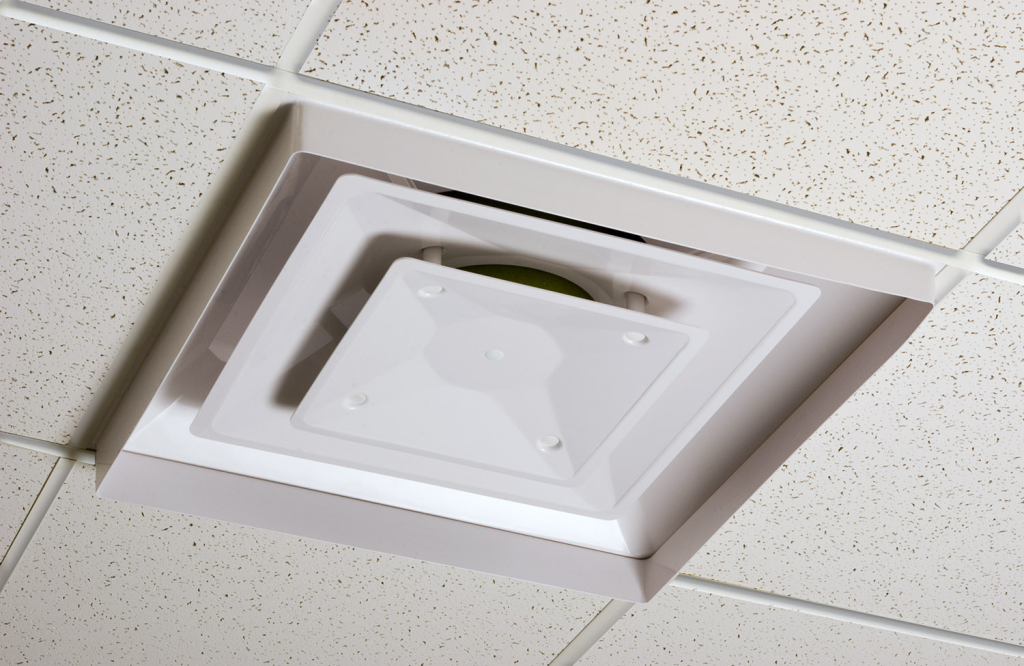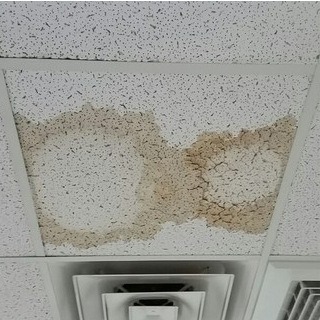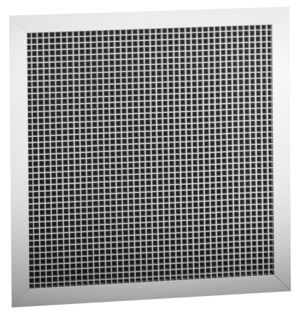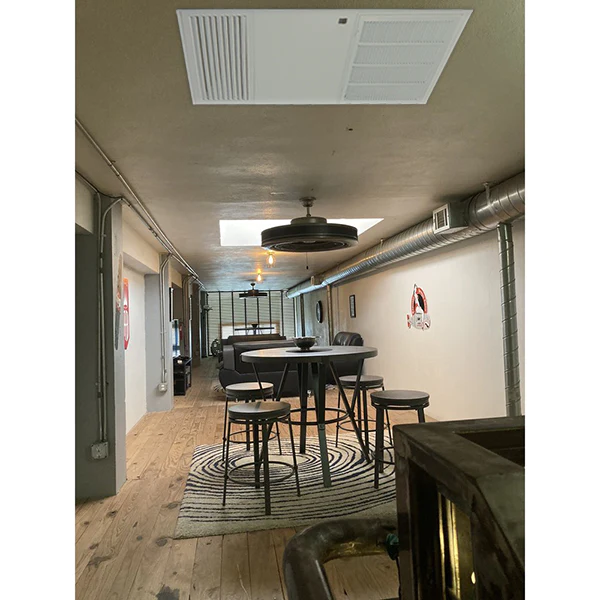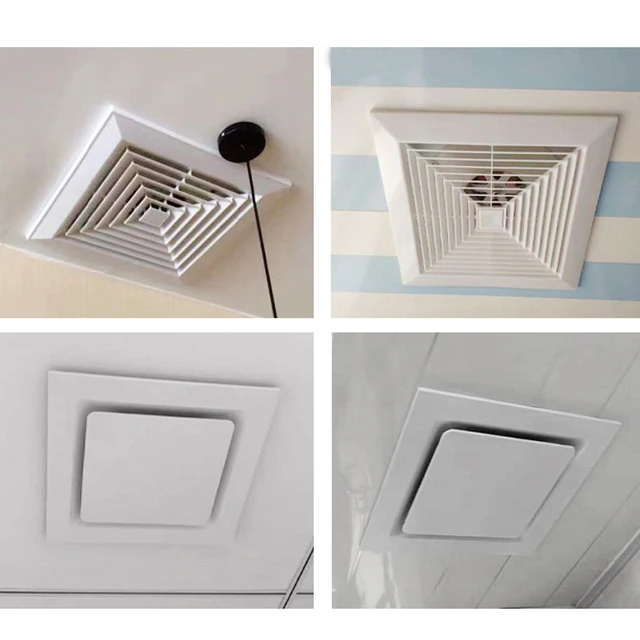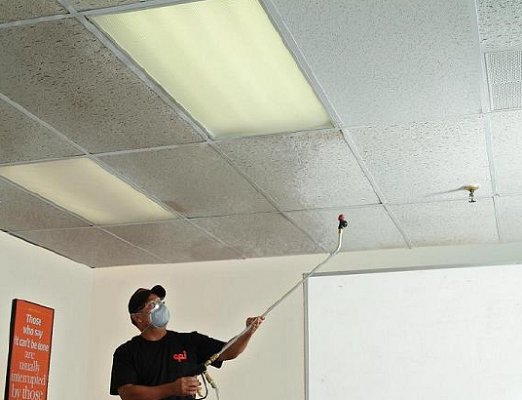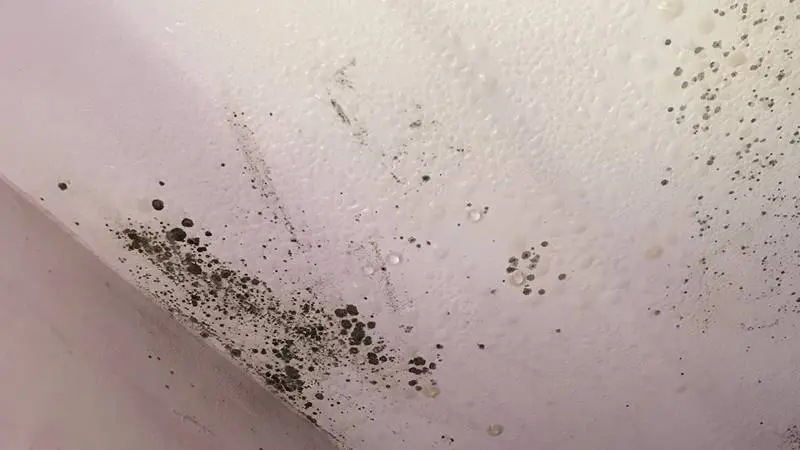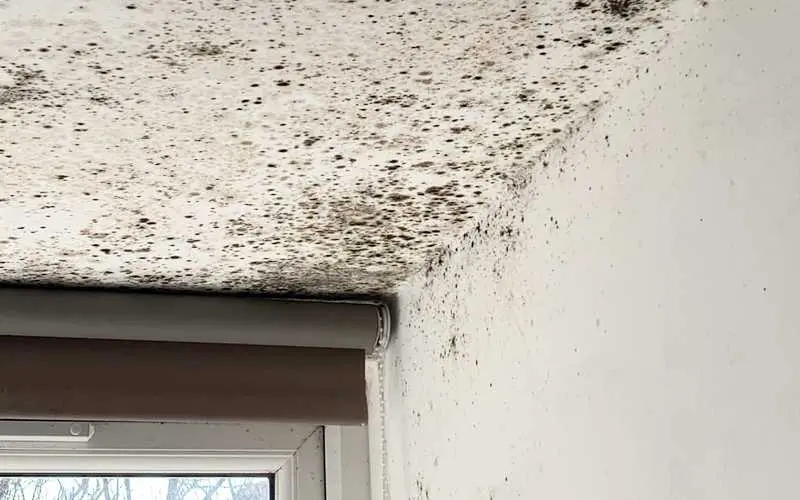In today’s world, where air quality plays a crucial role in our overall health and productivity, businesses are increasingly investing in air purification solutions. One effective option that has gained popularity is the Commercial Ceiling Air Purifier. This innovative device not only improves indoor air quality but also seamlessly integrates into the workspace, providing an unobtrusive yet powerful solution for cleaner air. In this article, we will explore the benefits, features, installation, and maintenance of commercial ceiling air purifiers, helping you understand why they are essential for your business.

Understanding Commercial Ceiling Air Purifiers
What is a Commercial Ceiling Air Purifier?
A Commercial Ceiling Air Purifier is a specialized air purification system designed to be installed in commercial spaces such as offices, restaurants, schools, and hospitals. Unlike traditional portable air purifiers, these units are mounted directly into the ceiling, making them a discreet option that doesn’t take up valuable floor space. They work by circulating and filtering the air in the environment to remove pollutants, allergens, and other harmful particles, thereby improving indoor air quality.
Read too: Shiplap Ceiling in Kitchen: A Timeless Trend for a Stylish and Cozy Space
How Do They Work?
Commercial ceiling air purifiers utilize advanced filtration technologies to purify the air. They often include:
- HEPA Filters: These filters capture 99.97% of particles as small as 0.3 microns, including dust, pollen, mold spores, and pet dander.
- Activated Carbon Filters: These filters absorb odors, volatile organic compounds (VOCs), and other gaseous pollutants, improving overall air quality.
- UV-C Light Technology: Some models incorporate UV-C light to eliminate bacteria, viruses, and mold, ensuring a healthier environment.
The air purifier circulates the indoor air, forcing it through these filters to remove contaminants before releasing clean air back into the space.
Benefits of Using a Commercial Ceiling Air Purifier
Investing in a Commercial Ceiling Air Purifier offers numerous advantages for businesses, including:
1. Improved Indoor Air Quality
Poor indoor air quality can lead to a range of health issues, including allergies, asthma, and respiratory problems. By removing harmful pollutants, commercial ceiling air purifiers create a healthier environment for employees and customers.
2. Enhanced Employee Productivity
Clean air has been linked to improved cognitive function and productivity. Employees are less likely to experience fatigue and headaches in well-ventilated spaces, which can lead to increased efficiency and job satisfaction.
3. Discreet Design
Unlike traditional air purifiers that take up floor space, ceiling-mounted models blend seamlessly into the ceiling, maintaining the aesthetics of your workspace while providing effective air purification.
4. Reduced Odors
Commercial spaces can accumulate unpleasant odors from cooking, cleaning, and daily activities. Air purifiers with activated carbon filters effectively neutralize these odors, ensuring a more pleasant atmosphere.
5. Cost-Effective Solution
While the initial investment may be higher than portable air purifiers, the long-term savings from reduced healthcare costs, increased productivity, and lower absenteeism make commercial ceiling air purifiers a wise choice.
Choosing the Right Commercial Ceiling Air Purifier
When selecting a commercial ceiling air purifier, consider the following factors:
1. Size of the Space
The effectiveness of an air purifier largely depends on its capacity to filter air in relation to the size of the room. Check the manufacturer’s specifications for the recommended coverage area.
2. Filtration Technology
Look for models that feature HEPA and activated carbon filters for comprehensive air purification. UV-C light technology is also beneficial for killing airborne pathogens.
3. Noise Level
Since these units will be installed in workspaces, consider the noise level. Look for models specifically designed for quiet operation, as excessive noise can be distracting.
4. Maintenance Requirements
Evaluate how easy it is to change filters and perform regular maintenance on the air purifier. Some models offer indicator lights that notify you when it’s time for a filter change, making maintenance hassle-free.
Installation of Commercial Ceiling Air Purifiers
Preparing for Installation
Before installing your Commercial Ceiling Air Purifier, follow these steps:
- Select the Location: Identify an optimal location in the ceiling for installation, ensuring the unit will be effective in circulating air throughout the space.
- Check Electrical Requirements: Ensure the location has the necessary electrical connections and that you have access to a power source.
- Review Local Building Codes: Familiarize yourself with local regulations regarding installation and electrical work to ensure compliance.
Installation Process
While installation may vary by model, here is a general guide:
- Turn Off Power: Before starting, turn off the power supply to the area where you will be working.
- Mount the Unit: Follow the manufacturer’s instructions for securely mounting the air purifier in the ceiling. This may involve using brackets or screws to attach the unit.
- Connect Power: Carefully connect the air purifier to the electrical supply, ensuring all connections are secure.
- Test the Unit: Once installed, turn the power back on and test the air purifier to ensure it operates correctly.
Professional Installation
For those who are unsure about the installation process or prefer a professional touch, hiring an HVAC technician is recommended. They can ensure proper installation, adherence to safety standards, and optimal placement for effective air purification.
Maintenance of Commercial Ceiling Air Purifiers
Regular maintenance is essential to keep your commercial ceiling air purifier functioning efficiently. Here are some maintenance tips:
1. Replace Filters Regularly
Check the manufacturer’s guidelines for recommended filter replacement intervals. Generally, HEPA filters should be replaced every 6 to 12 months, while activated carbon filters may need changing more frequently depending on usage.
2. Clean the Unit
Dust and debris can accumulate on the exterior and around the intake and exhaust vents. Use a soft cloth to wipe down the unit regularly.
3. Inspect Electrical Connections
Periodically check electrical connections to ensure they are secure and functioning properly. This can prevent potential issues that may arise from loose connections.
4. Schedule Professional Maintenance
Consider scheduling annual maintenance with an HVAC technician to ensure your air purifier operates at peak efficiency. They can perform a thorough inspection and address any potential issues.
Conclusion
Investing in a Commercial Ceiling Air Purifier is a proactive step towards enhancing the air quality of your business environment. By providing cleaner air, you promote the health and well-being of your employees and customers, ultimately leading to a more productive and pleasant atmosphere. With various models available, consider factors such as space size, filtration technology, and maintenance requirements when choosing the right unit for your needs. Regular maintenance will ensure your investment continues to deliver benefits for years to come.
